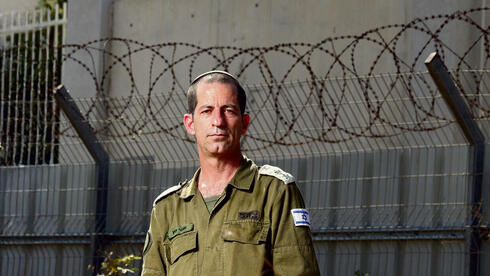“Slowly,” Cohen recalled, “we began to realize we didn’t know where all the observers were. Some were kidnapped, we knew that from intelligence. Some we identified at Shura. But two — we had no idea where they were.”
4 View gallery
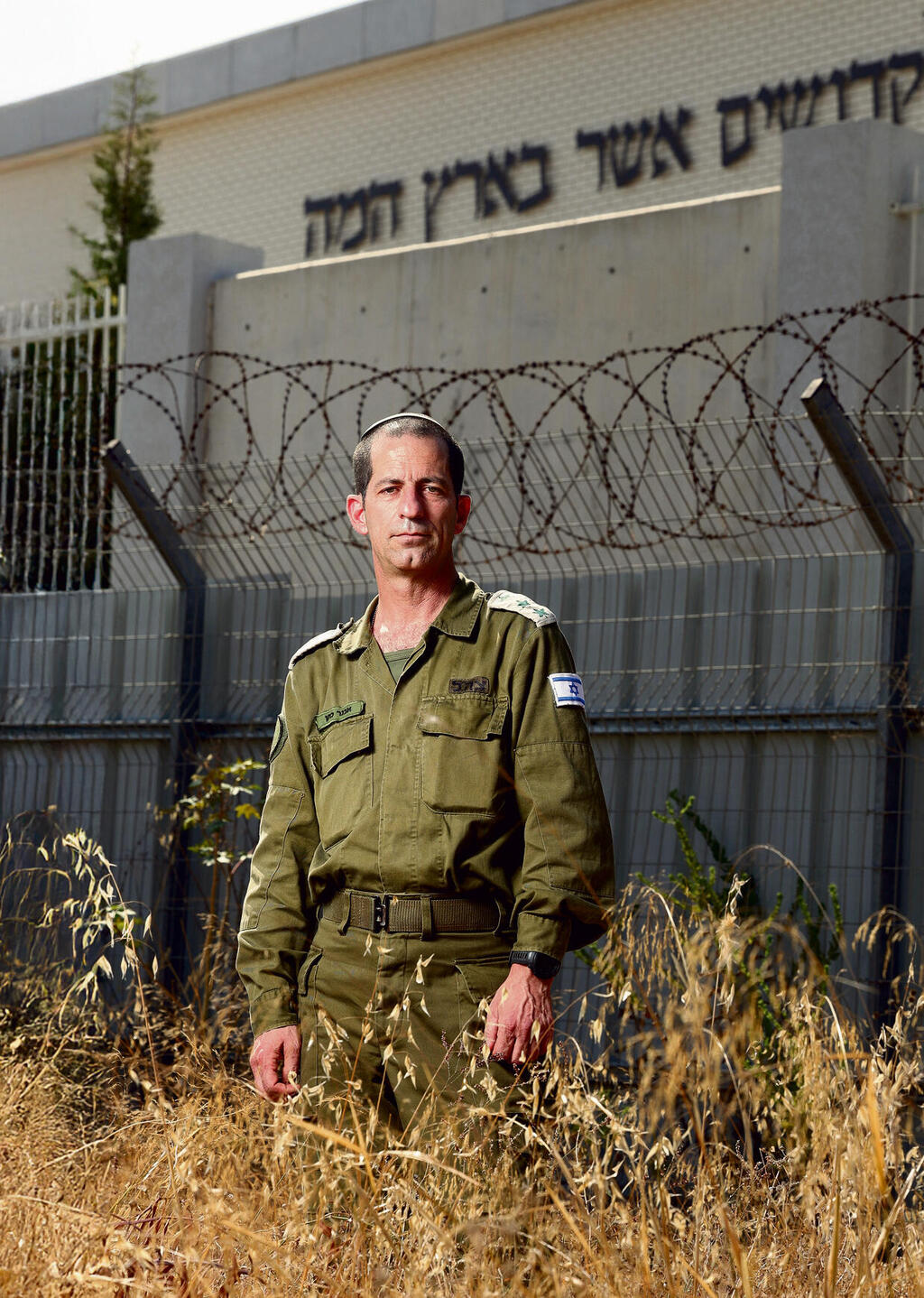

Troops scoured the outpost, pulling up floor tiles and reconstructing who had been in each room, based on survivors’ accounts and physical evidence. Still, two women remained unaccounted for. “They weren’t hostages, they weren’t among the bodies we recognized,” Cohen said. “Meanwhile, we had hundreds of small bags containing burned bones, many of them from Nahal Oz and other bases.”
By late October, Cohen and the IDF Casualties Division sent remains to the United States, hoping advanced testing could extract DNA. The attempt failed — the bones had been burned at 800 degrees Celsius. Two weeks later came a breakthrough. At 11:30 p.m., a call from a genealogical center announced that one of the women had been identified. Cohen demanded further proof: a forensic pathologist confirmed by CT scan that the remains were of a vital organ, proving death beyond doubt. Only then were her parents informed.
The second missing observer was identified later, through anthropological and investigative means alone.
By January 2025, Cohen, now retired, completed his tenure as chief of staff of the Military Rabbinate. Normally a quiet post, his role became central in the weeks after Oct. 7. Shura, originally the rabbinate’s headquarters south of Ramla, was transformed into the largest center for identifying victims of the massacre.
The base, opened in June 2021, housed the Zvi Center for treating IDF casualties, with 17 autopsy rooms and 200 refrigerated units. It was designed for soldiers only; civilians were supposed to be handled at the national forensic institute in Tel Aviv. “People told me, ‘You built a white elephant — you’ll never use it,’” Cohen said.
4 View gallery
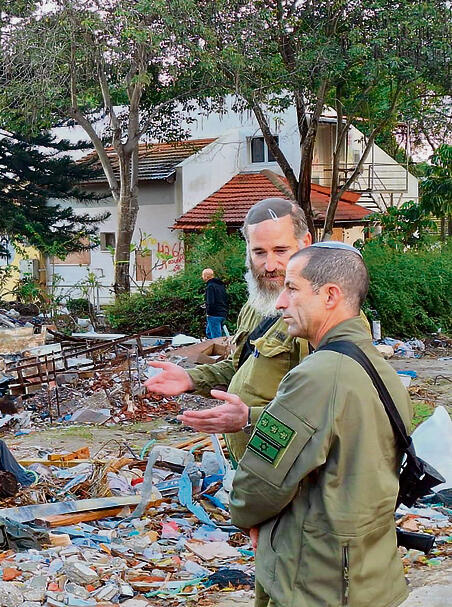

Instead, within hours of the Hamas attack, he had turned Shura into Israel’s central identification hub.
At the time, Cohen was 48 and just days away from retirement after 26 years in uniform. He had even received the invitation to his farewell ceremony, set for Oct. 11. Instead, he rushed from synagogue on the morning of the attack, activated his commanders and opened Shura’s command center by 8:45 a.m.
At 3:30 p.m., he learned one of the dead was Col. Yonatan Steinberg, commander of the Nahal Brigade and Cohen’s neighbor in Shomria. “That was the first time I realized this would touch me personally,” he said.
Cohen had already packed his office but left behind brown leather notebooks. Originally intended for routine notes, they became his wartime diary. He recorded numbers, dilemmas and procedures, trying to impose order on chaos.
Bodies arrived in pieces — sometimes only a head, sometimes only a torso. Soldiers underwent CT scans, then were identified by fingerprints or dental records before burial.
Initially, only soldiers were sent to Shura. But as the death toll mounted, police directed civilian victims there as well. Cohen divided the facility into three sections: soldiers, civilians and terrorists. Cooling containers were brought in to hold the bodies.
4 View gallery
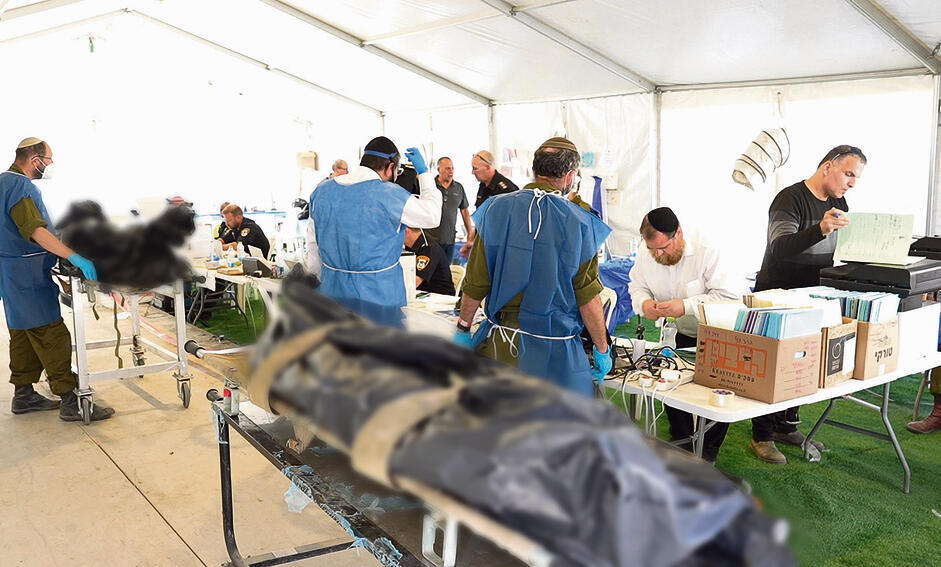

Families in anguish tried to break through the gates. A father mistakenly believed he had rescued his daughter, only to discover she had also been killed. Even hardened Shin Bet security agents failed to recognize comrades’ faces, forcing reliance on forensic methods.
The most painful cases involved children. One night, staff identified an entire family, ending with an infant. The team stopped and recited the Kaddish prayer. From then on, each midnight, someone recited the prayer for the day’s victims.
Cohen himself never saw the bodies. As a kohen — a member of the Jewish priestly class traditionally barred from contact with corpses — he refrained, delegating the work to others. He believes the distance preserved his ability to lead.
His soldiers, however, bore the brunt. Some were hospitalized with post-traumatic stress. One later took his own life. “Even today, some of my people can’t hear the sound of a truck reversing,” Cohen said. “It takes them back to when the containers opened and blood spilled out.”
On the war’s second Wednesday, he felt chest pains and quietly went to the emergency room. While there, the interior minister called with a proposal. Cohen stepped outside to take the call, concealing his hospitalization. Doctors found no heart attack, and he returned to work.
By late November, intake ended. It resumed briefly when Israel brought in bodies from Gaza’s Shifa Hospital, hoping to find hostages. None were among them.
Identification, Cohen stressed, has operational value. Quickly confirming whether soldiers were killed or missing shapes battlefield decisions. What took 48 hours in the 2014 Gaza war — determining that Sgt. Oron Shaul was missing — now takes six.
Even bodies believed to be terrorists were tested. “Our head of identification insisted on DNA for all of them,” Cohen said. “People asked, ‘Why bother?’ But from that, we identified 16 Israeli victims who had been sent as presumed terrorists.”
4 View gallery
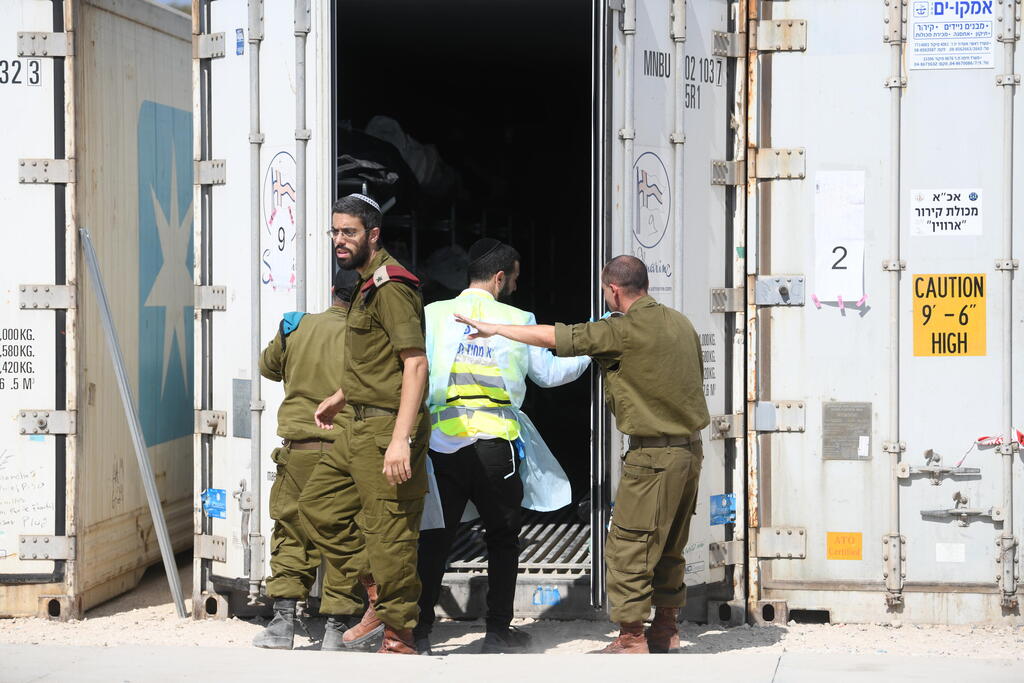

Some terrorists’ bodies remain frozen until authorities decide their fate. Asked about Hamas leader Yehya Sinwar, Cohen replied: “Let’s just say he is well preserved.”
In July 2024, with a new retirement date set, Cohen began preparing a book from his notes. From Shura to Rebirth: The Human Story Behind Identifying the Victims of Oct. 7 was published this month. He now lectures at universities on crisis leadership.
Religious questions lingered. Some wondered how a priestly kohen could lead such a mission. Cohen’s answer: there were others to handle bodies, but if no one else had been available, he would have stepped in. “I think not seeing the corpses saved me,” he said.
The toll was high. “My people suffered trauma. Some couldn’t keep going,” he said. “Even today, some can’t hear certain sounds without being taken back there.”
Still, he insists Shura was not cursed. “Families found closure there, even in their worst news,” he said. “In the U.S., 24 years after 9/11, only 60 percent of victims have been identified. Here, within a month, we identified 99 percent. The key was the dedication and unity of the people of Israel.”

